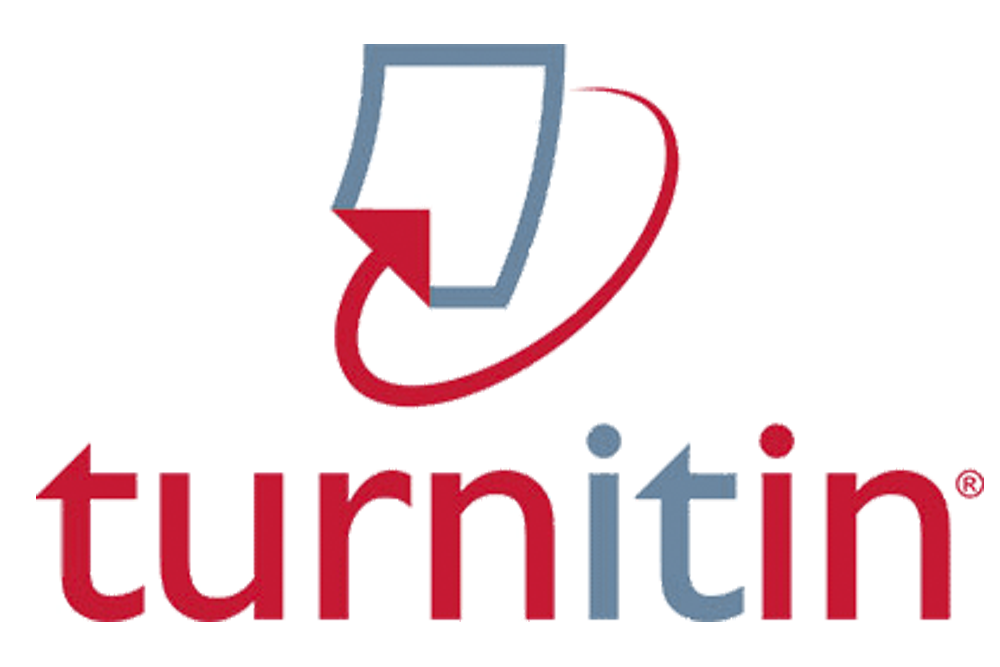IMPLEMENTATION OF THE COOPERATIVE LEARNING MODEL TYPE TWO STAY TWO STRAY TO UPGRADE SCIENCE LEARNING OUTCOMES
Abstract
Science lessons are subjects that make us think and reason and be able to solve existing problems. The low scores of students in science subjects are due to the fact that the learning process is still conventional and does not involve students. The solution provided by researchers to overcome this problem is to provide action on the learning process in the form of classroom action research with the Two Stay Two Stray Cooperative Learning Model. This research consisted of two cycles where each cycle started from planning, implementing, observing and reflecting. The Two Stay Two Stray cooperative learning model is a learning that prioritizes student activity and cooperation in finding, answer and report information to small groups cooperatively with the aim of being the first group to complete a set of questions. The purpose of this study is to describe student learning outcomes by applying the Two Stay Two Stray Learning model and to describe the learning process by applying the Two Stay Two Stray Cooperative learning model. This research was conducted from August to September 2022 in class VII-A of SMP Negeri 1 Hiliduho, with 20 students, 6 boys and 14 girls. The results of this study were that student learning outcomes in science lessons increased with the application of the Two Stay Two Stray Cooperative learning model, where at the end of the cycle the average student learning outcomes reached 80, 6 with a learning completeness percentage of 90% and the learning process in science subjects is improved by applying the Type Two Stay Two Stray Cooperative learning model where at the end of the cycle the average result of the observation sheet reaches 84% and has reached the target set at 75%. Thus it can be concluded that student learning outcomes in science lessons increased with the application of the Two Stay Two Stray Cooperative learning model and the learning process in science subjects was improved by the application of the Two Stay Two Stray Cooperative learning model.
Keywords
Full Text:
PDFReferences
Daryanto, Muljo Rahardjo, 2012. Innovative Learning Model. Yogyakarta: Gava Media Dimyati, Mudjiono, 2009. Learning and Learning. Jakarta: Rineka Cipta.
Hamdani, 2010. Teaching and Learning Strategies. Bandung: CV. Pustaka Setia Kunandar, 2010. Class Action Research. Jakarta: PT Raja Grafindo Persada
Djamarah, 2010. Type Two Stay Two Stray Cooperative Model. Jakarta: PT Gramedia Mulyasa, E, 2005. Education Unit Level Curriculum. PT Juvenile Sosdakarya: Jakarta Muslich, Masnur, 2007. Competency and Contextual Based Learning:
Purwanto, 2008. Evaluation of Learning Outcomes. Surakarta: Learning Libraries
Sagala, Syaiful, 2011. The Concept and Meaning of Learning. Bandung: Alphabet
Sudjana, 2002. Statistical Methods. Without Publisher: Bandung
Sudjana, Nana, 2009. Assessment of Teaching and Learning Process Results. Bandung: Rosdakarya Youth Uno, B., Hamzah, 2011. Learning Model. Earth Script: Jakarta
DOI: https://doi.org/10.30596/ijessr.v3i3.12634
Refbacks
- There are currently no refbacks.




.png)

